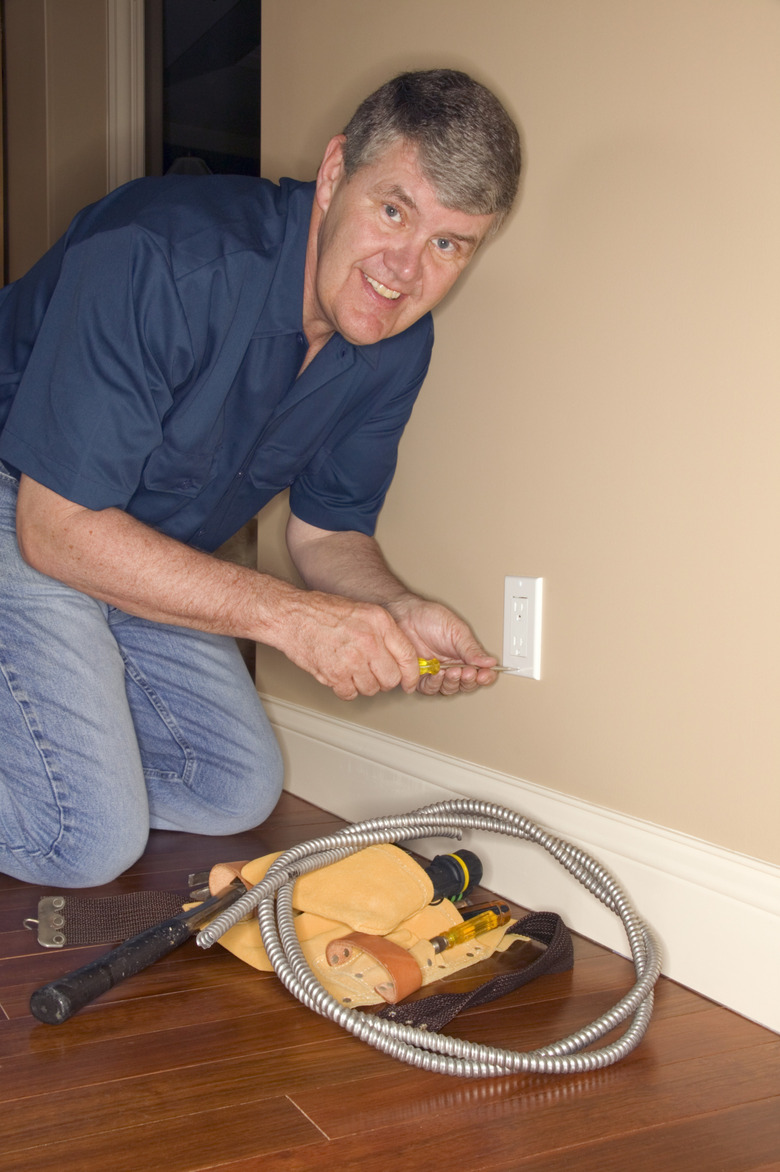Low Voltage Problems In Wall Outlets
Electrical problems in a home can be frustrating. You may plug an electrical cord into a wall outlet, fully expecting the outlet to work as it always has, only to find that it does not function properly. In some cases, a malfunctioning wall outlet may be the result of low voltage. Diagnosing and determining the exact nature of the problem involves a little detective work and know-how.
Pre-Diagnosis
Pre-Diagnosis
Diagnosing an electrical outlet to determine whether it has a low-voltage problem or a no-voltage problem involves a series of tests. For instance, check the other electrical outlets in the room and the rest of house to determine if the home has a general power outage. It also is possible that one specific breaker tripped in the circuit box. Examine switches and bulbs, too, by plugging them into a working outlet before diving into an outlet repair.
Outlet Testing
Outlet Testing
After you eliminate all of the other options as a potential source of the electrical failure, it is time to test the outlet to determine the nature of the problem. The test requires using a hand-held voltage tester that is adjusted to the correct voltage setting. Inserting the device's positive and negative terminal testers into the outlet results in a reading of about 110 volts if the outlet works properly. If, however, the reading comes back substantially lower, then the outlet probably does not receive its full voltage.
Possible Reasons
Possible Reasons
Low voltage in an outlet can occur for a number of reasons, and those reasons usually can be divided into two categories. One reason an outlet may have low voltage is that it is worn out. Electrical outlets can wear out the same as any appliance or electrical device. The constant plugging and unplugging of cords into the outlet can loosen and wear down the connections. Another potential reason for a low-voltage reading is that the outlet's wires are damaged. Damaged wiring can result from an electrical surge or from a wire simply overheating and melting. The damaged wire can create greater resistance to electrical current, diminishing its ability to conduct high voltage all the way to the outlet.
Solution
Solution
Low-voltage problems in a wall electrical outlet usually result in the need to replace the outlet or possibly the wiring in the wall. The electric power must be off before either replacement. If you are unsure about how to go about replacing an outlet box, contact a qualified electrician to handle the job. Wire replacement can be slightly more complicated and may require the work of a professional, who can ensure that the home's wiring meets your community's electric codes.
